Tiny changes that will shrink your waistline
It’s been hard to avoid packing on weight during life in lockdown, but you don’t need to radically overhaul your ways to lose it. Try these 12 small steps.
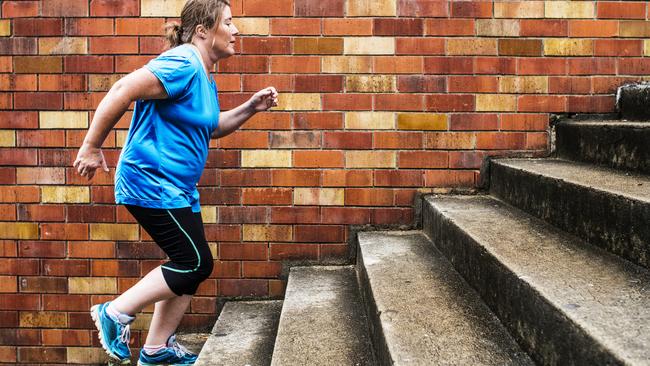
For most people, weight gain in middle age is insidious. A pound gained here and there is imperceptible, but before you know it you can’t fasten your jeans. Once you are stuck with a wider waistline, the prospect of shifting that extra weight through stringent diet and exercise can seem overwhelming.
But two new studies offer hope in the form of a small-changes approach to weight loss and improved health, promising results with science-based baby steps.
In one of the papers the lead author Amanda Daley, a professor of behavioural medicine at Loughborough University’s Centre for Lifestyle Medicine and Behaviour (Climb), and her team analysed data from 19 trials involving more than 3,000 people to find out if following simple micro-steps of change was enough to help people to maintain a healthy weight or lose surplus pounds. Results showed that participants who adhered to the small-changes approach – such as walking an additional 1,000 steps a day or cutting 100-200 calories by choosing healthier alternatives – gained about 1kg less compared with those who didn’t use this approach over a period of 8 to 14 months. It might not sound much, but Daley says it was enough to ward off weight gain.
“Adult weight gain isn’t usually the result of short-term underexercising and overeating of large amounts of food,” Daley says. “It is often the consequence of a more gradual decrease in activity levels and increased energy intakes, the effects of which are cumulative and take their toll over time.”
Present guidelines that ask people to make big changes to their health, such as cutting calories by 500 or more each day or taking 10,000 steps from a starting point of zero, are, she says, asking too much. “We need to get people to realise it is OK just to make one small change at a time at first and to gain confidence in achieving it,” Daley says. “Large changes are, by their nature, set up to be difficult for people to achieve.”
In the second of the new studies researchers from the University of Michigan reported how small changes to food choices can also help you to gain extra minutes of healthy life. Ranking 5,800 foods according to their “nutritional disease burden”, they found, for example, that a small dietary switch such as eating a 30g handful of nuts and seeds every day provides a gain of 25 minutes of healthy life – as predicted by an increase in disease-free life expectancy. “Small changes will make a difference to your health, but they are also a catalyst that can catapult you into thinking about bigger changes in the long term,” Daley says. Here’s how to start small.
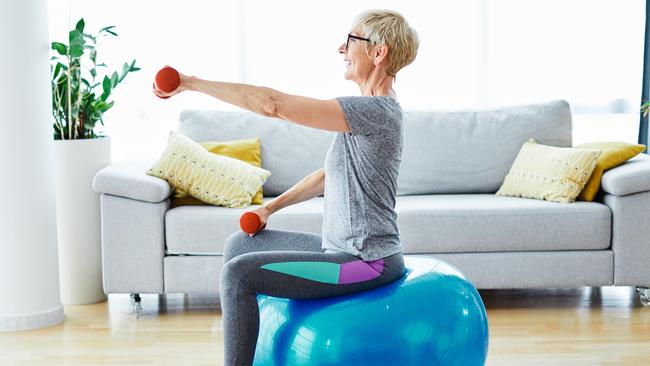
1. SQUEEZE YOUR GLUTES AS YOU SIT
A 2019 study from Wichita State University that was published in the journal Peer J showed that squeezing the gluteal muscles in your buttocks as you sit in a chair can boost strength and endurance, and potentially reduce the risk of injury. Participants in the study were asked to sit up straight on a chair – hips and knees at a right angle, knees shoulder-width apart, feet together – and to squeeze their glutes as hard as they could for five seconds before relaxing and repeating. After eight weeks of doing this for an accumulated daily total of 15 minutes (you don’t even need to do them all at once), lab tests showed they had increased their glute strength by 16 per cent compared with an 11 per cent increase in a control group who were asked to do the same amount of traditional glute bridge exercises.
2. JUMP TEN TIMES TWICE A DAY
The smallest amount of exercise can make a difference when it comes to keeping bones strong throughout life, offsetting the risk of osteoporosis. For a trial published in the American Journal of Health Promotion, 60 premenopausal women aged 25 to 50 were asked to perform either 10 or 20 jumps with 30 seconds’ rest between jumps, twice daily for 16 weeks, to find out how it affected their bones. Results showed that daily jumping – skipping is an alternative – resulted in a 0.5 per cent increase in bone density, whereas the control group who did no jumping displayed a 1.3 per cent decrease in bone density over the four-month trial.

3. CUT 10 PER CENT OF YOUR RED AND PROCESSED MEAT INTAKE
In the University of Michigan study researchers calculated that, for every gram of processed meat that a person consumes, 0.45 minutes of life are lost. If you eat a lot of red or processed meat, they suggest that substituting 10 per cent of your intake with a mix of whole grains, fruits, vegetables, nuts and legumes could add 48 healthy minutes of life per day.
4. CLIMB FOUR FLIGHTS OF STAIRS IN LESS THAN A MINUTE
Last year researchers reported at the European Society of Cardiology conference that being able to climb four flights of stairs – 60 steps – in less than a minute is a strong indicator of good heart health. “If it takes you more than one and a half minutes to ascend four flights of stairs, your health is suboptimal and it would be a good idea to consult a doctor,” says the study author Jesus Peteiro, a cardiologist at University Hospital A Coruna in Spain. In the study the four flights were consecutive, so the 60-second total didn’t account for going down again in between – but aiming for a rate of one step per second or faster (without running) should be your goal.

5. SKIP FOR TEN MINUTES A DAY
Invest in a skipping rope and your cardio and calorie-burning gains will be considerable with just a few minutes of daily effort. Six weeks of ten-minute daily skipping has been shown to produce similar improvements in cardiovascular health as jogging for 30 minutes a day and it will also strengthen your bones.
6. SPEND AN HOUR OUTDOORS EVERY DAY
Getting outside even for an extra hour each day is a short cut to better health, according to the results of a study to be published in the December issue of the Journal of Affective Disorders. Sean Cain, an associate professor of psychology at Monash University in Australia, looked at the effects of daylight exposure on the mood and health of more than 400,000 participants in the UK Biobank. He found that, on average, UK adults spend about two and a half daylight hours outside, and that each hour of daylight exposure was associated with greater ease of getting up in the morning and less general tiredness. “Getting bright light in the day is as important as avoiding light at night for sleep,” Cain says. His latest findings also showed that every additional hour of exposure to natural light was associated with lower lifetime odds of depression, less antidepressant usage and greater happiness.
7. SQUEEZE IN 1000 EXTRA STEPS A DAY
Instead of aiming for 10,000 steps or higher, start by clocking up an extra 1,000 steps daily. “If you set the bar lower and start with 1,000 steps more than you currently do, there is more chance you will gradually increase the daily total,” says Henrietta Graham, a researcher in sport and exercise science at Loughborough University and a co-author of the recent paper. “People with a low daily step count who try to accomplish 10,000 daily steps from day one are more likely to give up.” In May researchers from the University of North Carolina reported on a study into the walking habits of 16,732 women aged 60-plus. Presenting their findings at the American Heart Association’s Epidemiology, Prevention, Lifestyle and Cardiometabolic Health Conference, they showed that, compared with women who took no daily steps, each initial increase of 1,000 steps per day was associated with a 28 per cent lower risk of dying during the eight-year follow-up period. This was true even if the steps were accumulated in short spurts. Women who took more than 2,000 steps daily in uninterrupted bouts had a 32 per cent reduced risk of death.
If counting steps really isn’t your thing, set yourself the target of walking around for two minutes every hour of your working day. A team from the University of Utah School of Medicine showed that this small change provided a beneficial “trade-off” of prolonged sitting that was associated with a 33 per cent lower risk of dying.
8. ATTEMPT A FIVE-MINUTE JOG
Shifting your mindset to think of running in terms of minutes rather than marathons can be a positive step. “Start small before you progress to thinking about 10km or longer,” Daley says. Consistent small workout patterns can make a big difference. One study published in the Journal of the American College of Cardiology involving 55,137 adults showed that running at a manageable pace for five minutes a day was associated with a reduction in an adult’s risk of premature death by about three years.
9. TRY 20-SECOND EXERCISE SNACKS
If you really can’t find the time (or motivation) for working out, exercise snacking is something you should consider. Martin Gibala, a professor of kinesiology at McMaster University in Canada and the lead author of a paper on exercise snacks, found that 20 seconds of hard effort – in this case running up 60 stairs – three times a day resulted in a 5 per cent increase in aerobic fitness as well as improvements in leg power after six weeks. And Graham says that the same amount of any activity that leaves you puffing will help. “You can march or run on the spot, anything that gets you breathing hard, and it is beneficial,” she says. “Any amount of activity is better than none.”
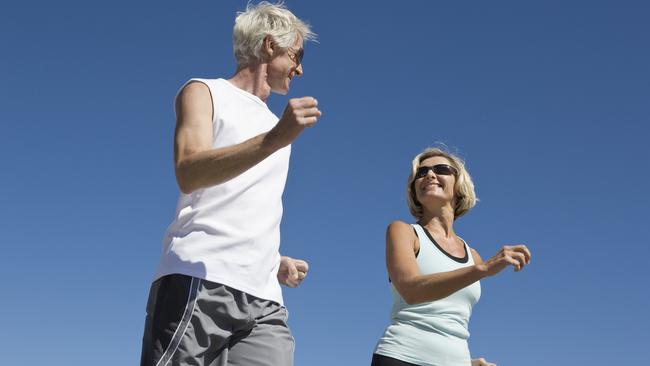
10. DO 15 MINUTES OF YOGA DAILY
Can’t commit to a 90-minute yoga class? Start with 15 minutes of restorative daily postures and you will still see significant benefits. A study in the Journal of the American College of Cardiology reported how a quarter of an hour of yoga and deep breathing reduced blood pressure by 10 per cent and lowered heart rate for at least 24 hours in a group of 78 patients with mild hypertension. It was more effective than 15 minutes of quiet relaxation or general stretching.
11. STAND ON ONE LEG FOR 20 SECONDS
In our twenties we each have about 70,000 specialised nerve cells – motor neurones – in the lower part of the spinal cord that connect with our leg muscles to control balance. But researchers at Manchester Metropolitan University have shown that by the age of 75, 40 per cent of these motor neurones have been lost even in the fittest individuals. The result is deterioration in co-ordination and balance. While young adults can stand on one leg, eyes closed, for 30 seconds, the average 70-year-old manages only four to five seconds. It can be improved with practice, though – try building up by standing on one leg for 20 seconds every day, then progress to doing it with your eyes closed. “You can stand on one leg while brushing your teeth or waiting for the kettle to boil,” Graham says. “And throw in some single-leg squats while you are at it.”
12. LIFT WEIGHTS FOR 13 MINUTES
You don’t need to be a slave to the gym because minimal-dose weight training is a thing. To prove this, exercise physiologists at Lehman College in New York asked study participants to perform 8 to 12 repetitions of exercises with weights in three weekly sessions, lifting until their muscles were too tired to do any more. But while some were asked to perform five sets of each in a gym session taking 70 minutes, others did only three sets lasting 40 minutes and one group performed a single set of each exercise, spending just 13 minutes in the gym. Two months on and muscle measurements revealed strength gains were similar across all groups and that those who did the express routine had similar improvements to the long-duration lifters.
The Times

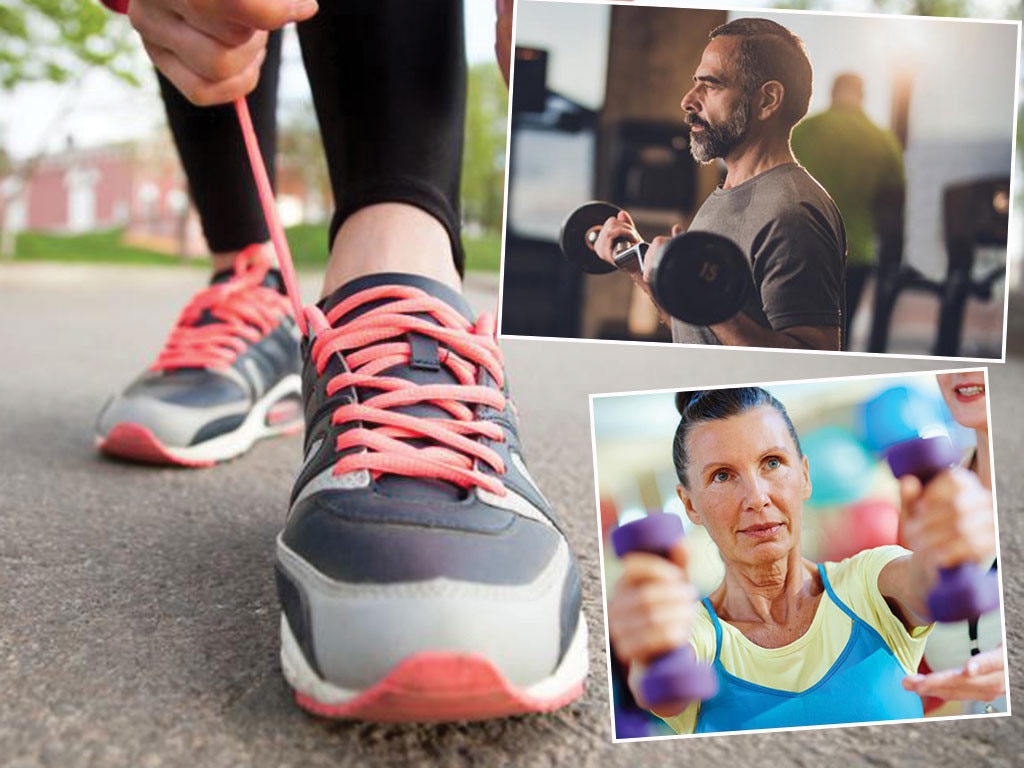


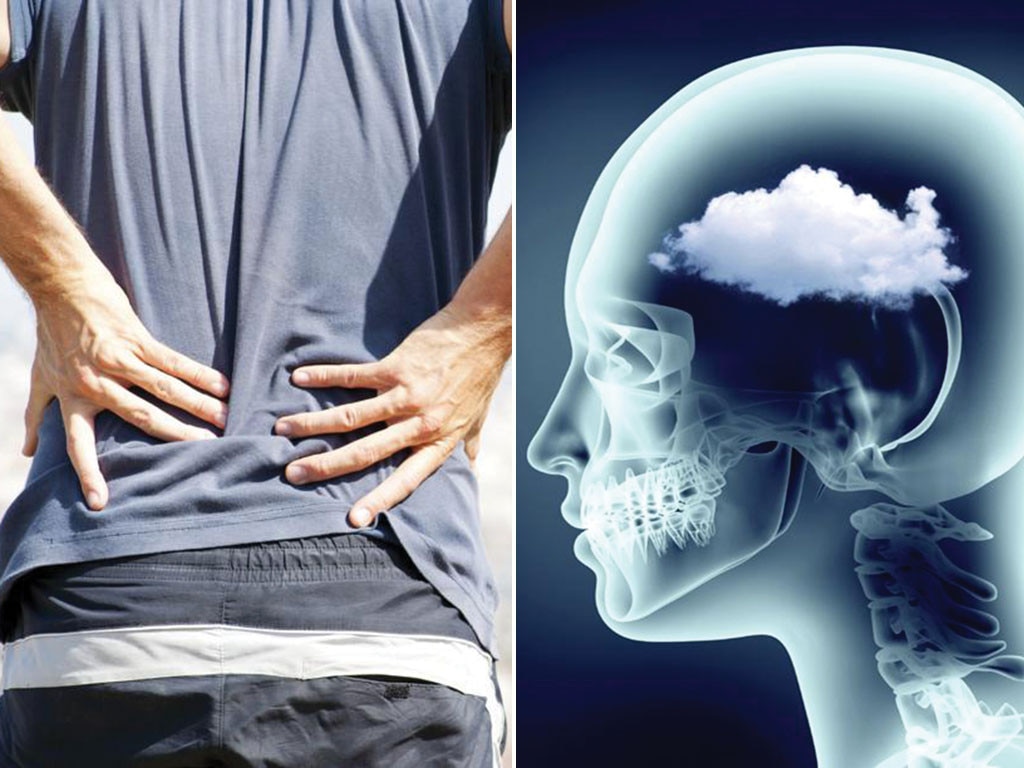


To join the conversation, please log in. Don't have an account? Register
Join the conversation, you are commenting as Logout